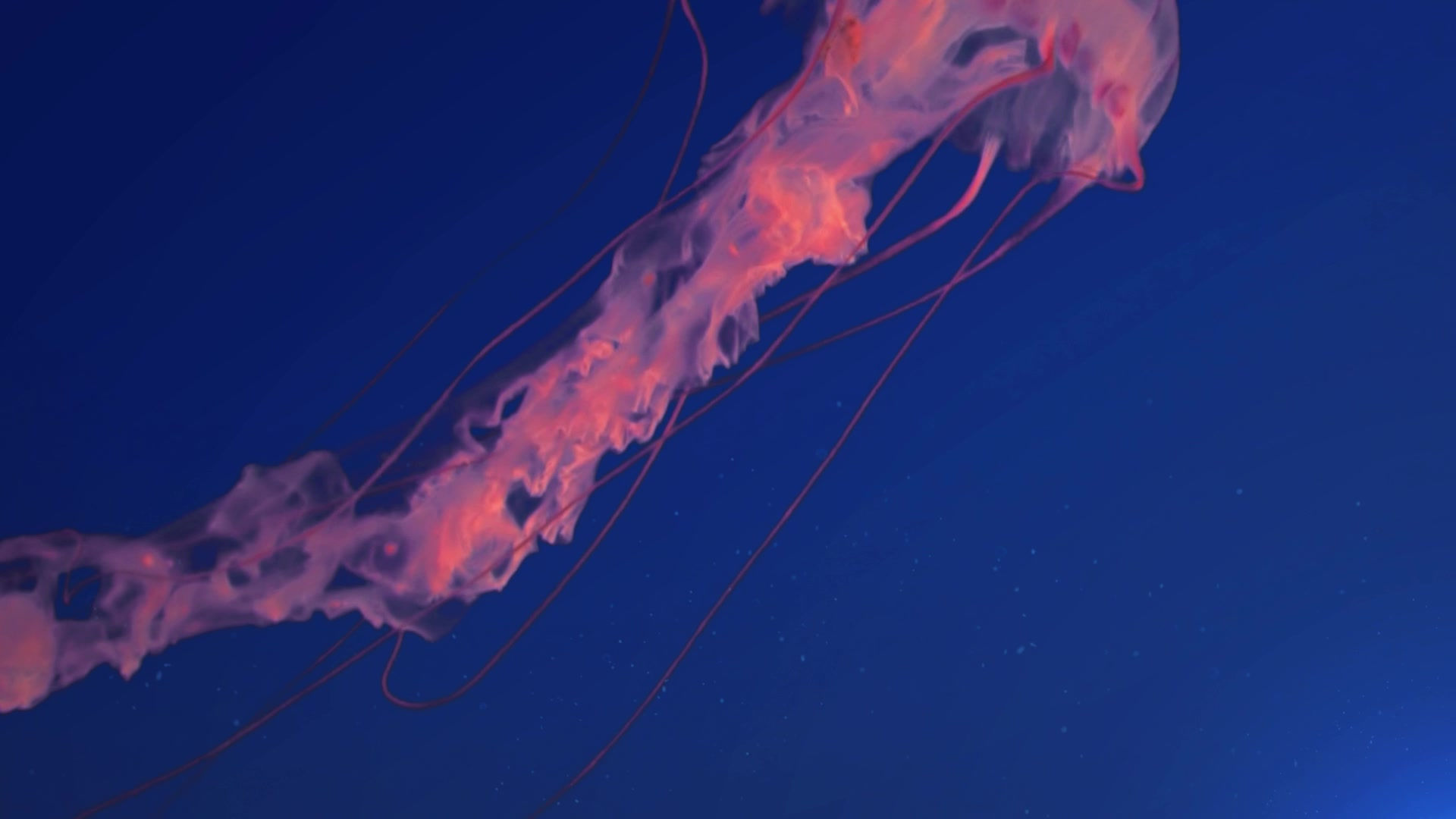
Massive Warfare
Year:
Platforms:
Genre:
2017
iOS, Android
Top Down Shooter

Role:
Game Designer
Game Overview
This was a Free to Play mobile game (iOS, Android) I worked on for Tiny Bytes for a year, helping to improve the core gameplay, level design and economy. When I joined the team the game was in alpha state and ten months from soft launch. The gameplay was roughly based on Assault Heroes style play but as a multiplayer arena battle. The other standout feature was terrain types and vehicles being specific to them - land, air and sea.
Design Objectives
My first impression was that the game felt very flat in terms of mechanics. The differences between choosing one vehicle or another were limited - there were basically two weapon types and the air vehicles dominated by not being limited in their map navigation.
The maps themselves were kind of bland as well. Visually good, but they lacked memorable gameplay features to make them stand out and a layout conducive to multiplayer battle.
Various basic features you'd expect in a top down shooter were lacking as well; the vehicles had no inertial differences, the camera had no rubber banding and the machine guns had no reload phase or differentiation between the different ones.
There was also no economy or in game currency yet.
All of these had to be solved, as well as introducing new maps, improving the UI, bug fixing and polish to get the game ready for the soft launch deadline.


Successful Features
By the end, each map had unique gameplay improvements that made them feel special to play and layout changes to improve the flow of battle.
There was also a new map, Neo Tokyo.
We added an amphibious vehicle class to balance the overpowered nature of the air vehicles. As well as I added a vehicle and weapon class system to differentiate the various types and empower the player's decisions about what to use and what to upgrade.
The economy and vehicles were made into a tier system along with a purchasable power up system which provided air strikes, shields and the like to give players the edge during battle.
Conclusion
This was a very tough development. In order to rebalance the gameplay and make it engaging, some of the vehicles would have to lose power. A vehicle with heavy armour should lose speed, or one that was very fast and flying should lose either armour or hitting power. Unfortunately the direction was against loss of power for any of the vehicles. A power creep format also couldn't work since beyond a certain point matches simply became unfair, despite the matchmaking, since certain vehicles were simply much better than all the others. I tried to fix this by introducing new weapon and vehicle types and classes, but it wasn't enough and early playtests were disappointing and we lost out on some opportunities.
Taking design ownership of a game which the team is already happy with is a difficult prospect. Towards the end of my time in Tiny Bytes various experiments were tried to fix the game and make it fun, but none of them affected the core gameplay or balancing. Older, slower, games were taken as reference and NPC swarms were introduced but without changing the core the game was destined to underperform.
Launch of the game was cancelled and after I'd left the core gameplay was eventually redone to make a new game: Massive Warfare Aftermath.
I'm not sure how I'd approach such a project now. I met the requirements as set, but this didn't result in a good product. Recommending more radical gameplay changes was considered too risky during my time there, but eventually was forced in order to not lose the time already invested.
One thing I could have tried on the level design side was standardising the level design content into a tile set system, rather than a single large mesh. This would have made it possible to try more radical experiments, such as varying level heights (beyond land / sea / air) and obligating more interesting core gameplay because gravity would have become a factor.
To improve the game design I could have prepared a clearer implementation plan to discuss and modify beforehand and then agree on, to both share the ownership and have a concrete agreement on what steps we would take to avoid surprises and improvisation further down the road or spending time on less important features.
Ultimately, the team went on to fix the core gameplay and the result, after the initial soft launch release, was a successful title.